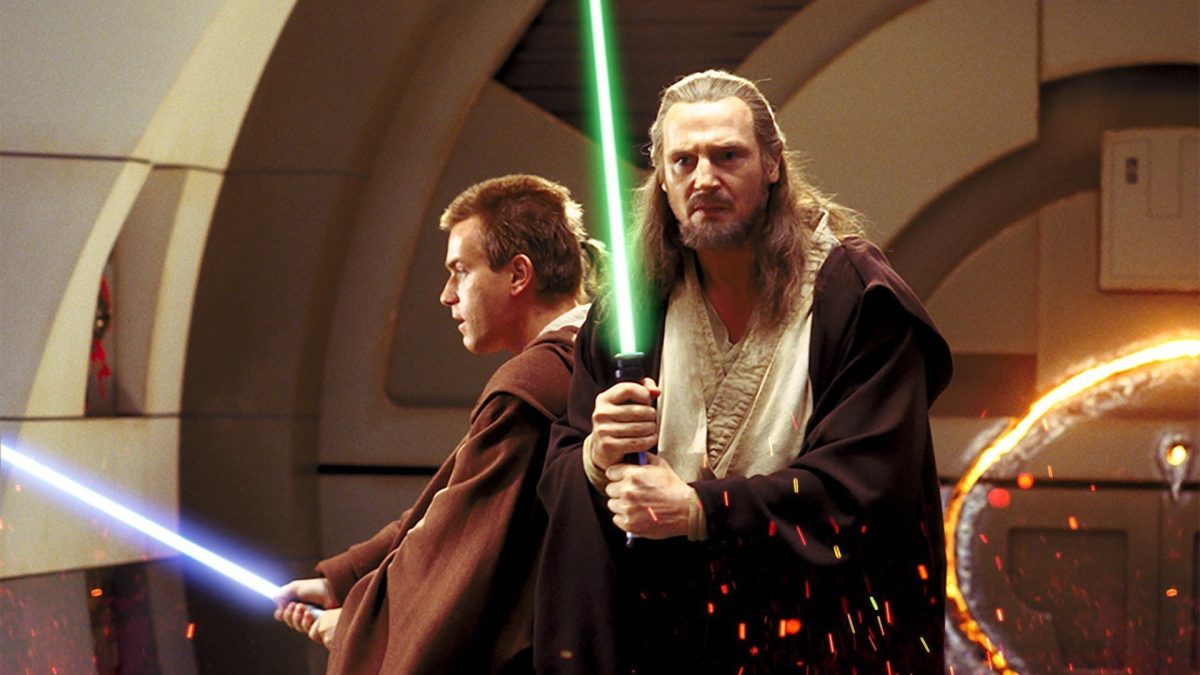by Stanley Kauffmann
A recent science-fiction film stirred remembrance. So, if I may. . . .
In the decade I spent as an editor in book publishing—the 195os—three of those years included considerable work on science fiction. The authors I dealt with were, among others, Ray Bradbury, Frederik Pohl, C. M. Kornbluth, Isaac Asimov, and Arthur C. Clarke, hardly a grungy bunch of hacks. What impressed me most about them was that they looked on science fiction not as a commercial genre but as a way to liberate the imagination. The scientific quotient (insofar as I could understand it, anyway) varied from author to author, but the pleasure in free-flying imagination was common to all the good ones. They took their writing as seriously as any writer ever did, thought of sci-fi as a territory whose borders were wide but whose discipline was stringent, and cherished the license and energy it gave to imaginings about the near or distant future. I came in time to agree with Kingsley Amis, who said in New Maps of Hell, his book about the field:
One is grateful that we have a form of writing . . . which is set on tackling those large, general, speculative questions that ordinary fiction so often avoids.
In science fiction in those days, one picture was certainly not worth a thousand words, if those words came from authors like the ones above and if the sci-fi film came from a Hollywood mill. Those books were written for people who could really read, while most of the films were stitched together for kids. Even the films made from the work of such writers as Bradbury and Clarke—Fahrenheit 451 and 2001: A Space Odyssey—were not up to the level of their writing. In the course of time, a longer time than it now feels like, George Lucas arrived with his short film THX 1138, which promised films of a quality equivalent to the best science fiction. Then came the feature-length THX 1138, which broke that promise. The visual aspects were gratifying, the screenplay was not. Then came Star Wars.
This Lucas film, too, was badly unbalanced. All the creative effort had gone into the visual creations, stunning in themselves, which had then been lavished on a screenplay that seemed to have been dug out of a closet and dusted off. From my review:
The opening title tells us that the story took place in a galaxy far away ‘a long time ago.’ It really takes place in the science-fiction future, a place which is as fixed and fictitious for bad sci-fi writers as the Old West is for bad Western writers.
Then came two more Star Wars features, which were no improvement; and now there’s the fourth.
Star Wars, Episode 1: The Phantom Menace is a prelude to the three films that have already been made, the first of three promised preludes to fill a gap that has apparently tormented millions. As it whizzes through space, it settles the ancestry of Luke Skywalker (and of Darth Vader), but I can’t convey the essence of the plot because I wasn’t clear about it even as it was happening. (Also I was bemused by the dialogue, which fluctuates between the archaic and the snappy.) I’m not even positive who the Phantom Menace is—possibly the man with the war-paint face who duels with the two protagonists at the end—or why he is more of a phantom or a menace than others of their enemies. That final duel, not incidentally, crystallizes the whole film. It is set on the edge of a bottomless pit, into which one of the combatants is of course bound to fall. (Guess who.) That screamingly trite—and one-sided—battle is the climax toward which this 133-minute, $1oo-million-plus film has been moving.
Some of the visuals momentarily relieve the tedium, particularly the faces of a few characters, faces as large as bushel baskets, which are made to move with remarkable delicacy of expression. Other than that, I was mostly aware that the two protagonists—a Jedi knight and his apprentice—were meant to suggest a medieval knight and squire with obligations of honor, courage, and prowess. This hieratic sense is underscored by the appearance of the knight, played by Liam Neeson, whose beard and long hair and tunic suggest a nineteenth-century lithograph of Jesus. (Neeson, a fine actor, seems somnolent much of the time, while his junior, Ewan McGregor, tries to pump away vitally.) The implication is that those medieval qualities, which have become so sullied in our world, will be found again out there in space.
This latest Star Wars has the same basic effect as the other three: the sense that it was made not only for children but for the belief in many adults that they are still kids at heart. The future isn’t being technologized here so much as juvenilized, trundled back to a time of innocence before we were loaded with adult problems, before we were (it is implied) tainted with sex. Thus there is a fake simplicity about this film, as with its predecessors, that is slightly sickening.
In New York, the ticket-buyers’ line outside the Ziegfeld Theater began to form early on May 1 for the opening of The Phantom Menace on May 19. About 250 people had organized themselves, through a website, to alternate shifts of four hours apiece. Many other theaters had similar lines.
I put aside all attempts at large-scale observation, all sighs about deterioration of standards through the Star Wars mania. I will allow myself only a single sigh: I still haven’t seen a sci-fi film as good as the best science fiction that I’ve read.
The New Republic, June 14, 1999





